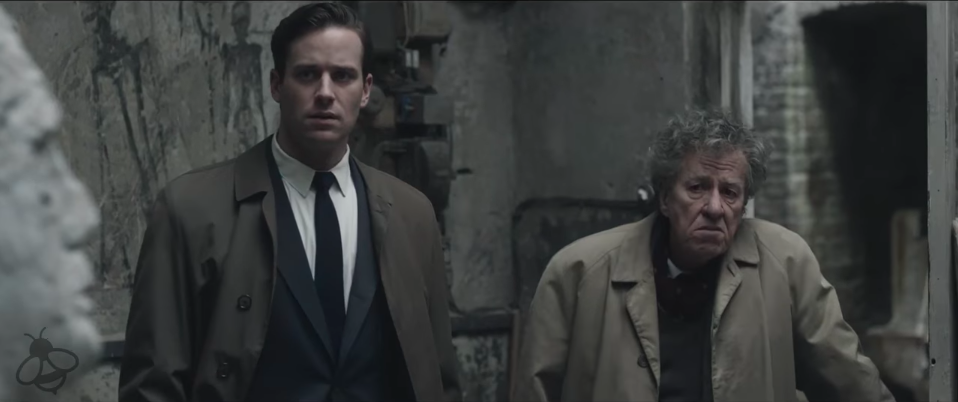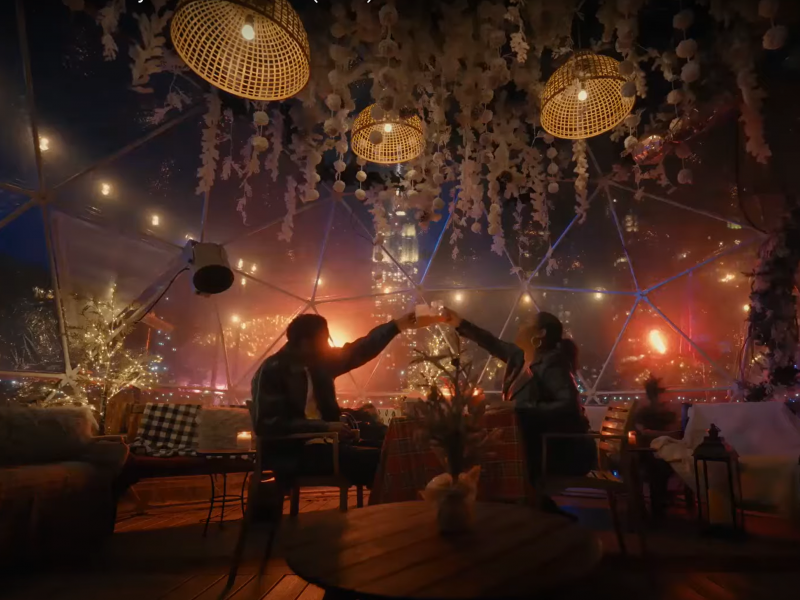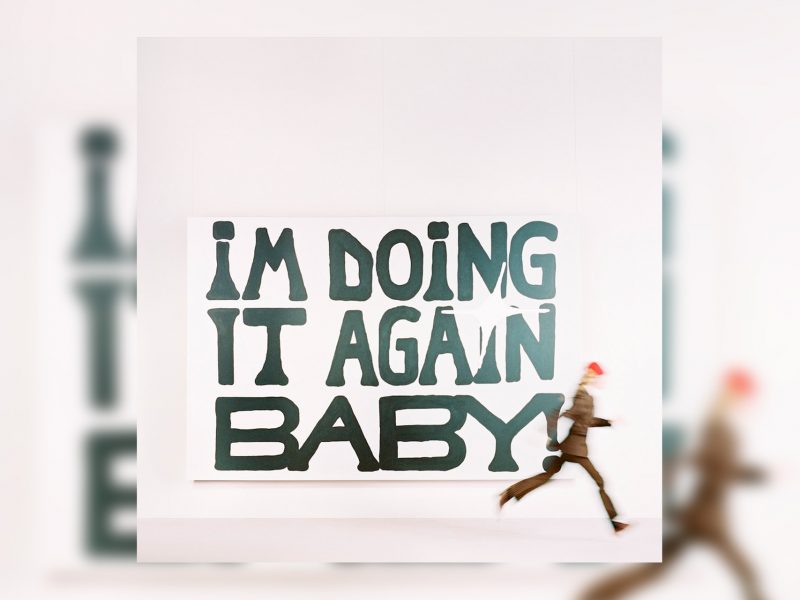Colorless, imperfect and scattered: Stanley Tucci’s lackluster attempt at showcasing the artistic process in Final Portrait is hasty and tasteless.
This profile of the tortured, manic pursuit of perfectionism arrives just on the heels of Paul Thomas Anderson’s Phantom Thread and fills just about 90 minutes of screen time. But the dull biopic seems to painfully drag on, and instead of celebrating art, artist or curiosity like the latter, Tucci’s film offers few, if any, moments of relief.
Set in France in 1964, a time of emotional and psychological upheaval, reform and turmoil around the world, renowned painter Alberto Giacometti (Geoffrey Rush) offers to draw a portrait of his friend James Lord (Armie Hammer), an American critic spending time abroad. What begins as an afternoon of painting and posing evolves into a two-week long process of trial and error. As a result of the elongation, a friendship between the artist and his subject forms.
The dreariness and clichés of the plot mirror that of the film’s color scheme — a scant, all-neutral palette with tiny pops of color mixed in every so often. Aside from Giacometti’s lover Caroline (Clémence Poésy) — a reckless, free-spirited prostitute — no one mentions, represents or embodies the vibrant contextual backdrop, which remains hidden and under-utilized.
Giacometti never transcends beyond the one-dimensional caricature of a pompous, elitist European. With a cigarette in hand, he demands, mocks, snaps, quips. Lord agrees to sit and pose for a day, but that day becomes 14 at the artist’s continual requests for more time, ignorant to the possible constraints and growing annoyance of his friend.
But as the painter’s subject, Lord observes his companion without ever directly vocalizing his objections to his portraitiere’s temperament. Supporting characters like Giacometti’s wife Annette (Sylvie Testud) and brother Diego (Tony Shalhoub) also willingly bend the knee to Giacometti, whose apparent genius and success manifest in a mixture of methodical order and explosive bursts of chaos. Despite the strong cast, none of the performances brought life to the script.
As an artist, Giacometti paints, draws and sculpts humans, but he lacks the ability to relate to others and see them clearly. His portrait of Lord depicts a broad body topped off by a shrunken head, while large, gray sculptures of faces and emaciated bodies adorn his other work spaces. Grays, unsaturated blues, dull yellows and blacks decorate the artist’s studio, making it a menacing, uninviting and wholly unpleasant setting.
The artist’s frustrations with those around him run parallel to his dissatisfaction with his own work. He claims he finishes projects knowing he can do more, never content with the outcomes.
As Lord finally heads back to the U.S., Giacometti laments the state of the portrait, claiming he was just starting to make real progress. As the name of the film suggests, this proved the artist’s last major work, as he would pass away a few years later.
In a sense, Giacometti’s work, much like the film it resides within, doesn’t reach its full potential — it’s unfinished, confusing and frankly, just not very good. If it were to hang in a gallery, you might walk by without ever noticing.



